If you’re a cat owner, you may have wondered how many claws your feline friend has and how best to care for them. Understanding your cat’s claws and how to keep them healthy is essential for their overall well-being and comfort.
The information provided herein is for informational purposes only. Please refer to our disclaimer for more details..
Fascinating facts about cats’ nails
- Their front paws have more “toes” than their rear paws. This extra claw is known as a dewclaw.
- The cats’ claws are retractable. This ability to retract their claws is helpful for hunting, climbing, and self-defense. However, when cats are rest, they keep their claws sheathed within their paws.
- Cats have scent glands between their paw pads. This means that when they scratch surfaces, they leave a scent that helps them mark their territory.
- Cat paw pads are usually color-coordinated with your kitty’s fur or its nose.
- Cats usually shed the outer layer of their claws every two to three months.
- The cat claws on the front limbs are usually sharper than those on the back paws.
How many claws do cats have?
- Cats have 18 claws, with extra dewclaw on front paws.
- Cats' retractable claws help in hunting and defense.
- Polydactyl cats have extra toes and claws.
- Cat owners should trim nails every 2-6 weeks.
- Declawing should be a last resort option.
Cats have 18 claws in total across their four paws. They have five claws on their front and four on their back paws. However, some cats have extra toes and claws due to a genetic abnormality called polydactyl.
Image credits: Marko Blažević
A much rarer phenomenon seen in cats is called syndactyly. These are instances where a cat may have fewer toes than the usual number due to the fusion or webbing of the toes. It is a genetic condition characterized by incomplete skin, fibrous tissue, and/or bone separation in utero.
What is a polydactyl cat?
Polydactyl cats are simply cats with extra toes. While many cats are born with five toes on the front feet and four behind, these cats may be six-toed and, subsequently, six claws per paw. These extra toes are usually completely functional but may sometimes grow at odd angles and need a nail trim more frequently than others.
Polydactylism is a genetic abnormality that occurs in many species, including dogs, cats, and even humans. It is a simple autosomal trait, meaning that just one parent must carry the gene to pass it to kittens.
Polydactyl cats, also known as Hemingway cats, have been extremely popular as ship’s cats.
Anatomy of the feline paw
The anatomy of cats’ paws is complex yet fascinating. All parts of the paw work together to help the cat to walk, run, climb, and hunt.
Image credits: Francesco Ungaro
Paw pads: The fleshy underside of the paw that provides traction and absorbs shock when the cat walks or runs.
Toes: The digits of the paw, typically five on the front paws and four on the back paws. They are flexible and agile, allowing the cat to grip and manipulate objects.
Claws: At the end of each toe are the claws. They are retractable in most cat species and are used for climbing, hunting, and self-defense.
Dewclaw: A small, rudimentary claw located inside the front paws and occasionally on the back paws.
Scent glands: Present in the paw pads. Cats use them to leave their scent behind when they scratch surfaces, marking their territory.
Overall, this structure of the paw allows them to be adept and agile hunters and climbers and adds to their unique appeal.
Tips for nail care in cats
Nail care is an essential aspect of cat grooming. Proper nail care prevents issues like claw overgrowth and splitting and makes your cat comfortable. Here are a few things that cat owners should note in caring for your kitty’s claws.
1) Regular trimmings
Similar to how human nails keep growing, cats’ claws grow continuously throughout their lives. While these animals can wear their nails down through walking and biting at them, you should plan on trimming their nails every 2-6 weeks if it is an indoor cat.
Image credits: Gustavo Fring
Note that as cats get older, their claws may not wear down as fast and may need to be trimmed as often as every 2 weeks.
2) Scratching behavior
Scratching is normal cat behavior. Every cat does this to condition their claws, mark their territory, or stretch. However, scratching can become a problem when cats begin to do it excessively and tear up different things in the house.
The best way to approach this behavior is to provide scratching posts, pads, or a cardboard scratcher for your kitty. You should also try covering furniture and other objects with two-sided tape or a thin mat.
Image credits: Ihnatsi Yfull
If all else fails, consider using a nail cap. Nail caps for cats are small flexible covers made of non-toxic material designed to be placed over your feline’s claws to prevent scratching.
How to give your cat a nail trim
Trimming your cat’s nails is an essential aspect of grooming. You can start trimming your kitten’s nails as they become razor-sharp.
While it is recommended that nail trims be done every 2-6 weeks, many cats trim their nails when they are long. Overgrown nails can cause discomfort and pain for your cat, leading to issues such as ingrown nails and infections.
Here’s a brief guide on how to safely and effectively trim your cat’s nails:
- Prepare the environment
Find a well-lit area and make sure that your cat is comfortable.
- Prepare your tools
You will need a pair of cat nail clippers to trim your cat’s nails. Keep styptic powder on hand in case of bleeding.
- Restrain your cat
Hold your cat on its back and grab one of its paws. Apply gentle pressure on their paw pads to extend the nails and spread out the cat’s toes.
- Identify the quick
The pinkish area within the nail contains blood vessels and nerves. Avoid cutting into it, as it can cause pain and bleeding.
- Trim
Trim only the sharp tips of clawed digits and avoid the quick by not cutting the nail too short. And be sure to offer your cat treats and praise throughout the process to help them associate nail trimming with positive experiences.
- In case of bleeding
Hold the styptic pencil to the cat’s claw for 1 – 2 minutes to stop the bleeding.
- Make it a good experience
Praise and reward your cat with treats after each successful trim. If you are unsure how to trim your cat’s nails or if your cat is acting particularly difficult, talk to a professional groomer or veterinarian.
Frequently asked questions
Should I declaw my cat?
Declawing your cat is a big decision. It is usually viewed as a last resort for medical issues or severe behavioral problems. Consult your veterinarian to determine if this is the best option for your cat.
How often should I sterilize cats’ nail trimmers?
It’s best to sterilize your cat’s nail clippers after each use. Use soap and hot water to clean any dirt, then disinfect them with a pet-safe disinfectant for 10-15 minutes. Rinse thoroughly and dry before storing.
849views
Share on FacebookI’m horrified that declawing is mentioned for ANYTHING other than absolute, last resort, necessity from a severe medical condition! It’s the equivalent of amputating human fingers at the top joint. Would you do that to a child for “severe behavioural problems”? The practice is illegal in many places and many, many, vets refuse to perform the surgery regardless of legislation. My opinion is all reputable vets will refuse except for a medical reason that is in the cat’s best health interests. The flexible claw caps aren’t a good option; they interfere with your cat’s ability to walk, run and climb properly. Unless very carefully fitted, they are uncomfortable for the cat. They inevitably fall off as the claws grow in the same way false nails grow out. They also fall off just because. They present a choking hazard. But, they are a better option than maiming your cat.
Claw trimming is rarely as easy as described, especially if you’re just one person. Most cats intensely dislike being placed on their back, even as kittens. Many cats don’t adjust to the described approach despite trying to train them into acceptance from being kittens. If you adopt an adult cat (anything from 1yr+) training may be impossible. If I HAVE to trim claws, I use the purrito method. Wrap feline tight in a towel leaving one front leg out. Firmly secure the “purrito” between your non-dominant arm and body, using your non-dominant hand to gently splay the paw exposing the claws. Light/white claws are easiest to trim, you can see the pink showing through, but in all cases err on the side of caution. Just taking off the very sharp tip is adequate. Take breaks to reassure your cat and offer a treat and before switching paws. My best advice if you can afford it. Get claws professionally trimmed at the vet or by a pet groomer you trust.
Load More Replies...I’m horrified that declawing is mentioned for ANYTHING other than absolute, last resort, necessity from a severe medical condition! It’s the equivalent of amputating human fingers at the top joint. Would you do that to a child for “severe behavioural problems”? The practice is illegal in many places and many, many, vets refuse to perform the surgery regardless of legislation. My opinion is all reputable vets will refuse except for a medical reason that is in the cat’s best health interests. The flexible claw caps aren’t a good option; they interfere with your cat’s ability to walk, run and climb properly. Unless very carefully fitted, they are uncomfortable for the cat. They inevitably fall off as the claws grow in the same way false nails grow out. They also fall off just because. They present a choking hazard. But, they are a better option than maiming your cat.
Claw trimming is rarely as easy as described, especially if you’re just one person. Most cats intensely dislike being placed on their back, even as kittens. Many cats don’t adjust to the described approach despite trying to train them into acceptance from being kittens. If you adopt an adult cat (anything from 1yr+) training may be impossible. If I HAVE to trim claws, I use the purrito method. Wrap feline tight in a towel leaving one front leg out. Firmly secure the “purrito” between your non-dominant arm and body, using your non-dominant hand to gently splay the paw exposing the claws. Light/white claws are easiest to trim, you can see the pink showing through, but in all cases err on the side of caution. Just taking off the very sharp tip is adequate. Take breaks to reassure your cat and offer a treat and before switching paws. My best advice if you can afford it. Get claws professionally trimmed at the vet or by a pet groomer you trust.
Load More Replies...
 Dark Mode
Dark Mode 

 No fees, cancel anytime
No fees, cancel anytime 


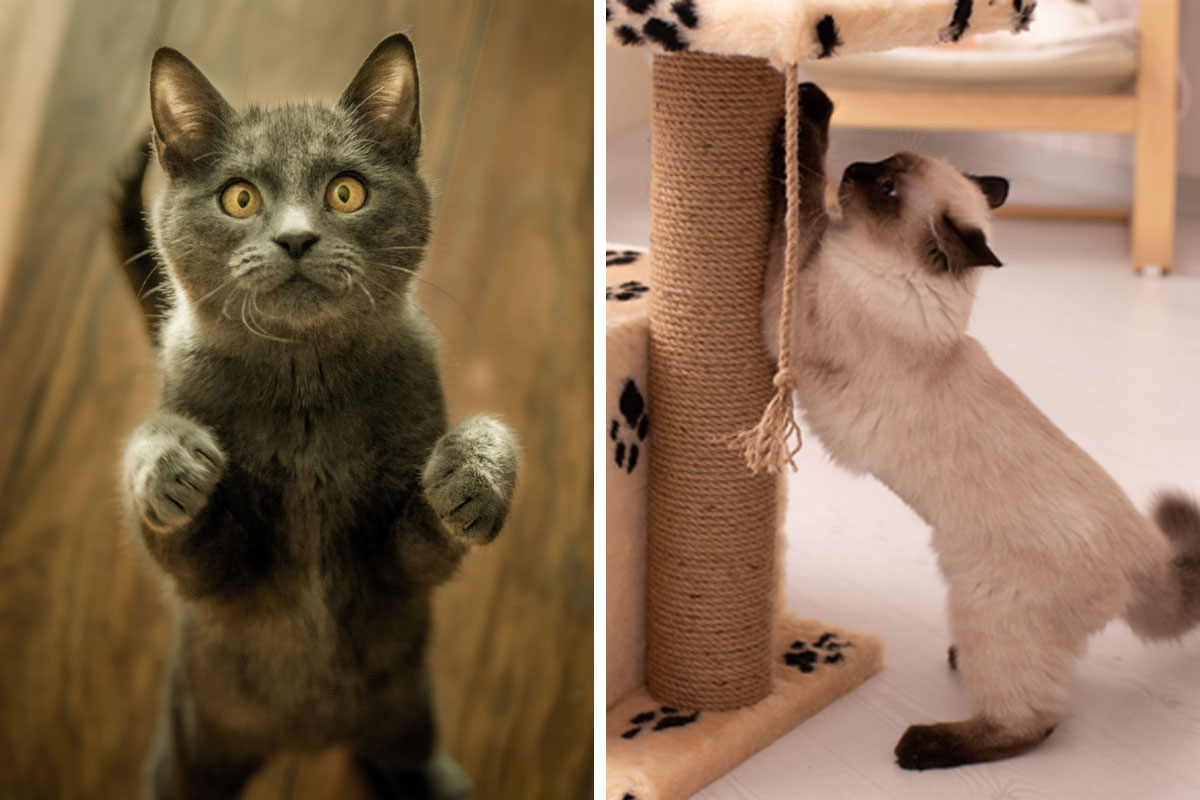

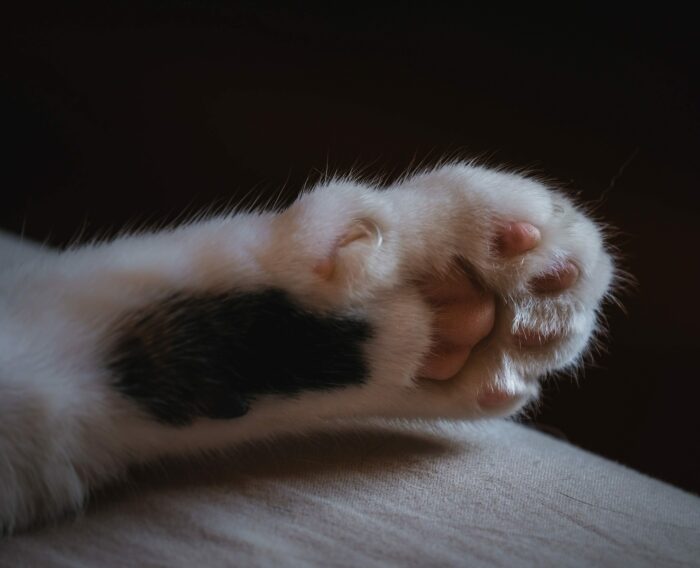
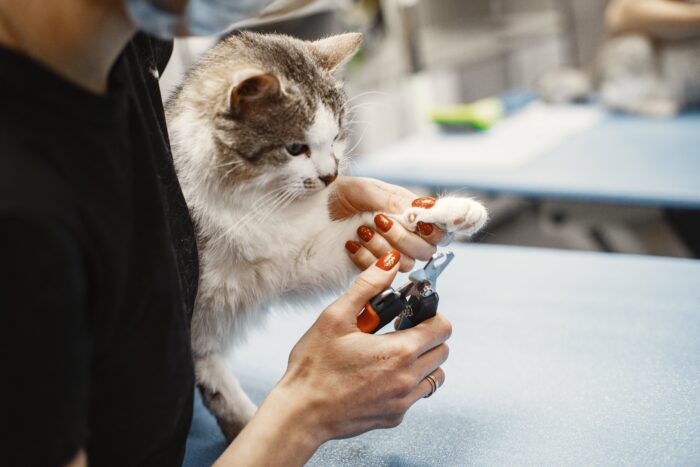
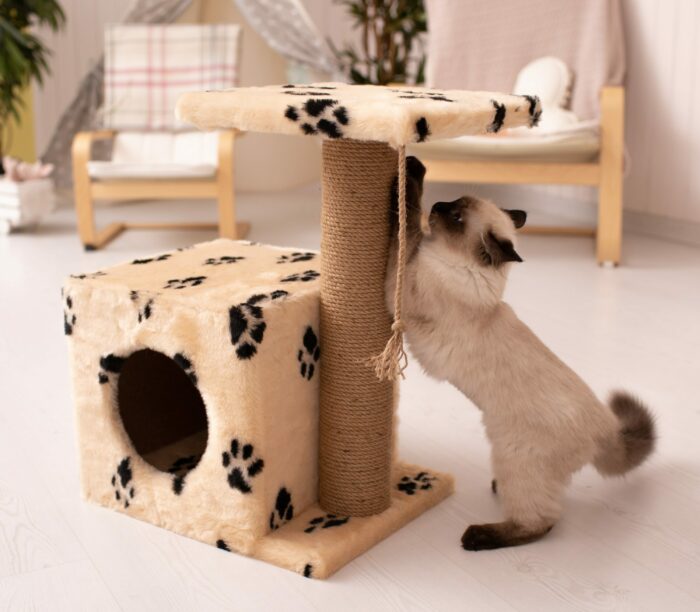







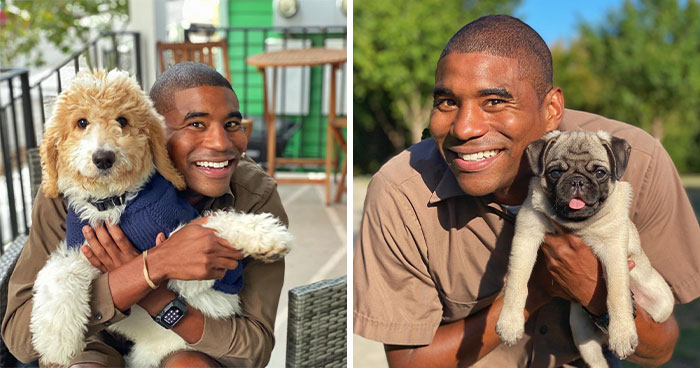







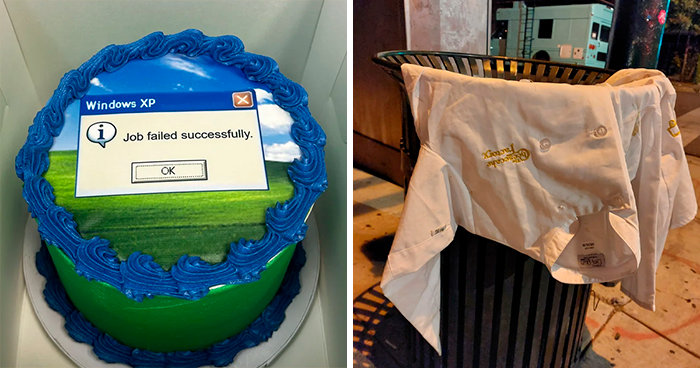







4
6